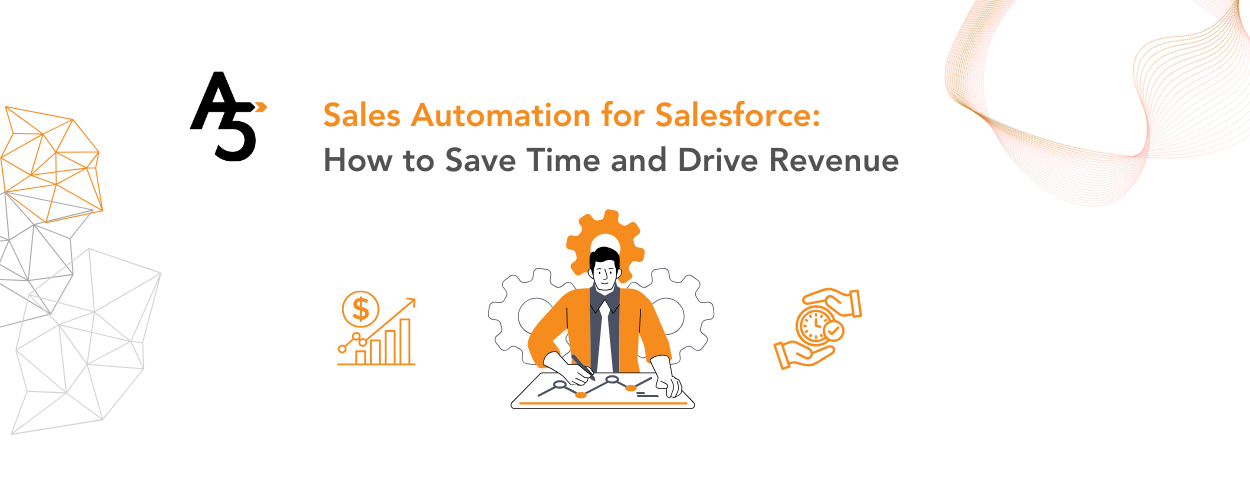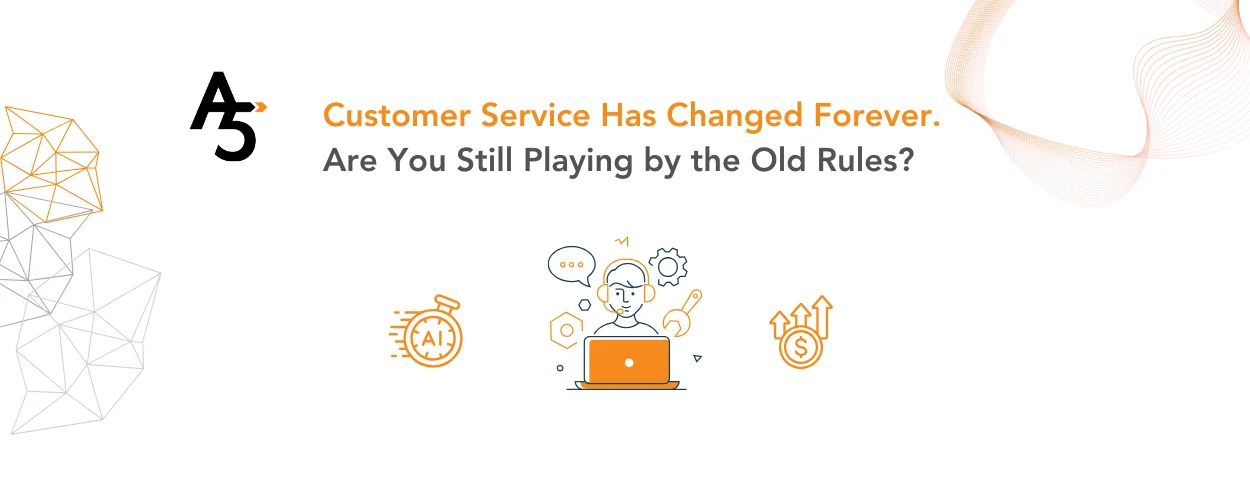The Challenge: Data Silos and Fragmented Governance
Let’s face it: data is everywhere in your organization. From customer interactions to operational metrics, valuable insights are trapped in isolated systems. According to a Gartner study, incomplete or inaccurate data forms the basis of 40% of business decisions. This fragmentation creates a significant challenge:
- Inconsistent Decision-Making: Different departments might make conflicting decisions based on their limited perspective without a unified view of your data.
- Inefficiencies and Delays: Struggling to access and combine data from various sources creates bottlenecks and slows down critical processes.
- Security Risks: Disparate data storage increases the attack surface and makes it harder to enforce data security policies.
Siloed data and fragmented governance are the enemies of your bottom line. Imagine customer acquisition costs (CAC) skyrocketing because targeted marketing campaigns are only possible with complete customer insights. Fragmented data creates blind spots, hindering your ability to identify high-value customer segments and maximize revenue potential. This lack of a unified view also leads to inventory mismanagement, resulting in lost sales, frustrated customers, and wasted storage costs. Furthermore, incomplete financial data makes it difficult to track key metrics like return on investment (ROI), obscuring the actual effectiveness of your business initiatives. In short, fragmented data impedes your ability to optimize processes, identify cost-saving opportunities, and achieve sustainable growth in revenue and profitability.
The Solution: Seamless Integrations & Empowered Governance
The answer lies in integrating your data landscape. Here’s how seamless integrations empower data governance and drive transformation:
- Unified Data View: Connecting your systems creates a single source of truth for your organization. This 360-degree view improves data consistency and allows for better-informed, data-driven decisions across all departments.
- Streamlined Processes: Seamless data flow eliminates manual data transfer and reconciliation, automating tasks and increasing efficiency.
- Enhanced Data Security: Integration platforms often have robust security features, allowing you to centralize access controls and implement data security policies more effectively.While technology is crucial in stitching together the ends of your siloed and fragmented data to achieve a data-driven transformation for broader business goals, it is essential to focus on two other vital pillars- People and Process.
People: Building a data-driven culture is crucial
- Data Literacy: Invest in training your employees on data governance best practices and how to leverage data for better decision-making.
- Data Stewards: Appoint data stewards who are accountable for specific data sets’ accuracy and integrity.
- Clear Roles and Responsibilities: Define clear roles and responsibilities for data access, ownership, and usage across the organization.
Process: Establish well-defined processes to manage your data effectively
- Data Quality Management: Implement processes to ensure data accuracy, consistency, and completeness throughout its lifecycle.
- Data Standardization: Define data standards to ensure consistent data formats and definitions across different systems.
- Data Lineage: Track the origin and flow of data to ensure its validity and traceability.
Data-Driven Transformation: Real-World Impact
A study by Experian found that companies with strong data governance practices see a 10% increase in profitability. Robust data governance is the foundation for unlocking the true ROI (Return on Investment) from your data integration initiatives. Imagine investing in a high-speed digital highway to connect your departments and facilitate seamless data flow, only to find critical business decisions hampered by inconsistent data formats and security vulnerabilities.
Strong data governance acts as the intelligent traffic control system for your integrations. It defines clear data ownership, establishes data quality standards that ensure consistency across the organization, and enforces robust security protocols to protect sensitive information. This ensures the data flowing through your integrated systems is accurate, reliable, and secure – the essential fuel for data-driven decisions that drive increased revenue, optimized costs, and a competitive advantage. By prioritizing data governance alongside data integration, you empower your leadership to make informed strategic choices with confidence, ultimately propelling your business forward and achieving sustainable growth and profitability.
Here are some real-world examples of how seamless integrations lead to transformation:



Banking: A leading bank implemented a data integration platform that connected customer account information, investment data, and credit card activity. The integrated data solution allowed the banking team to personalize product recommendations, which resulted in a 25% increase in cross-selling opportunities, improve fraud detection with real-time integration of transaction data across various accounts, enhanced risk management by consolidating customer data to get a more holistic view of customer risk profiles and make more informed lending decisions as well as optimize risk management strategies. By transforming how they utilize customer data, this bank experienced a 12% increase in customer retention rates and a 15% growth in new account openings.

Consumer Business: A major telecommunications company integrated data from customer call centers, network monitoring systems, and billing platforms. With a connected data solution, they could predict and prevent service outages to significantly reduce customer downtime, personalize customer service to improve NPS and CSAT scores along with a reduction in AHT (Average Handle Time) for faster call resolution, optimize field technician deployments with real-time data on network issues and customer locations to improve operational efficiency. By leveraging data for proactive problem-solving and personalized customer service, this telecom company experienced a 10% decrease in customer churn rate and a 15% improvement in first-call resolution rates.
Taking Action: The Path To Seamless Integration
The first step is to assess your current data landscape. Identify siloed systems and data sources that need to be connected. Then, invest in robust integration tools and platforms that can handle your specific data volume and complexity.
Empowering Your People
Remember to consider the human element. Invest in training your employees on data governance best practices. A data-literate workforce can leverage the power of integrated data to unlock even greater value.
Unlocking the potential of your data through seamless integrations and a robust governance strategy-led approach is the key to unlocking your digital advantage. By empowering your people, streamlining processes, and leveraging technology, you can make data-driven decisions, improve data handling, and achieve fundamental business transformation.
Need Help? Our data and integration experts are ready to advise and implement best practices for your data-driven transformation journey.





